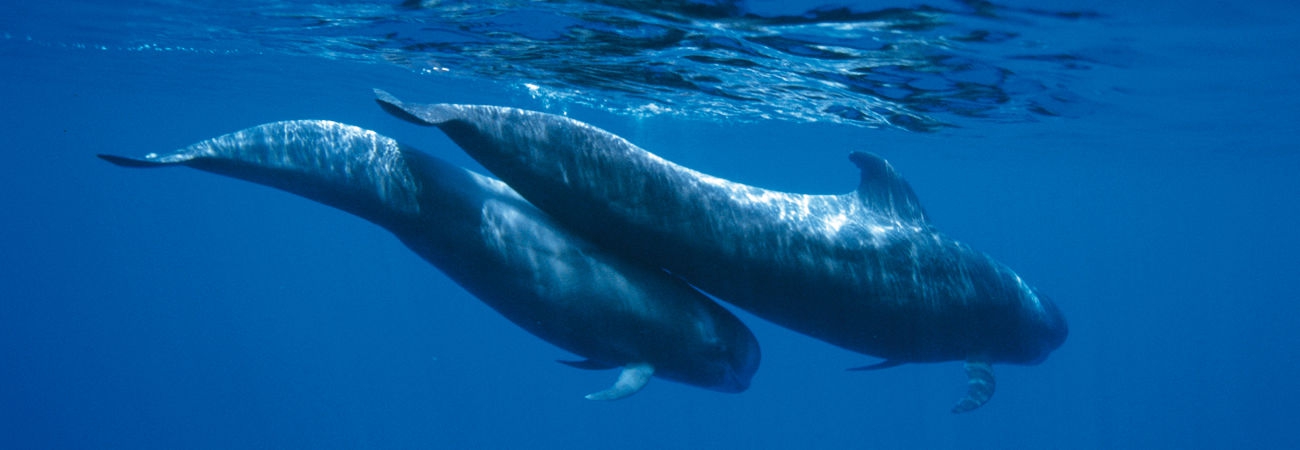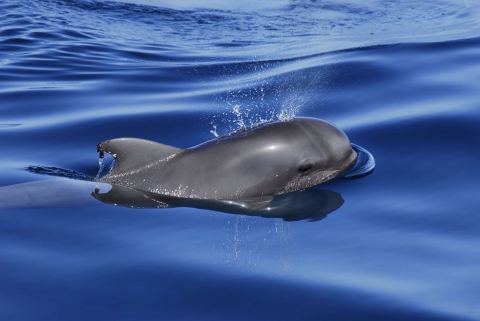Whale and Dolphin Watching
Tenerife has an endless array of natural treasures that combined with an ideal climate and excellent tourism infrastructure, makes this island a unique place for adventure breaks in a beautiful natural setting. The variety of landscapes and microclimates has generated an incredibly diverse flora and fauna, being Tenerife one of places with the richest biodiversity in Europe.
The southern coast of Tenerife is a privileged place for watching whales in the wild as there are permanent pods of dolphins in the surrounding waters year round. Bearing in mind they live so close to the coast, Tenerife has become the top European destination in terms of the number of people that have seen whales in the wild.
We can find up to 21 different species in Tenerife’s waters; from the colossal blue whale to the feared killer whale. An opportunity not to be
missed, as there are very few places on this planet offering such a wide variety of species, at such a short distance from your hotel. It’s no wonder why these fascinating creatures attract half a million visitors every year.
For various reasons pilot whales and bottlenose dolphins have settled off the south west coast of Tenerife and have become permanent inhabitants: the food supply, which is abundant; the tranquil waters, protected from the trade winds by the mountainous landscape of the island; as well as the good climate and quality of crystal-clear waters, have created a paradise and ideal setting for these marine mammals. Although it is difficult to know the exact number of species that live here, we estimate that the population of pilot whales – between 500 and 600 – is twice the amount of bottlenose dolphins.
Cetaceans, which include whales, dolphins and porpoises, are marine mammals and are more similar to humans than fish, despite living in the sea. Just like humans, they are warm-blooded and breathe oxygen through their lungs, meaning they have to reach the surface for air, which consequently allows visitors to see them in their natural habitat. Cetaceans are fascinating creatures.
They are able to live in the sea, a hostile environment for humans, and are extremely mobile in water, an enviable asset. Whale watching offers the opportunity to see these species swim free in the wild, a special and memorable experience that shouldn’t be missed in Tenerife.
The difference between whales and dolphins
Generally speaking, although scientifically incorrect, a cetacean is considered a whale if it is over four metres long, and any other cetaceans
measuring less than 4 metres belong to the dolphin family. The order Cetacea comprises two groups: toothed cetaceans (odontoceti) and baleen cetaceans or whales (mysticeti). The first group, toothed cetaceans, include dolphins, beaked whales and sperm whales, all of which use their teeth to capture prey, which is then swallowed whole. The mysticeti order of cetaceans, associated with large whales, have plates hanging from the upper jaw, allowing them to filter sea water and capture food such as krill or small fish.
+info: Downloads








